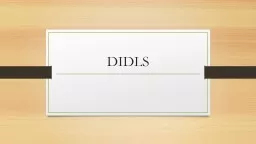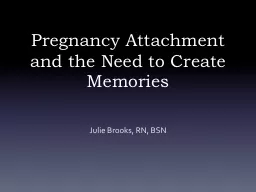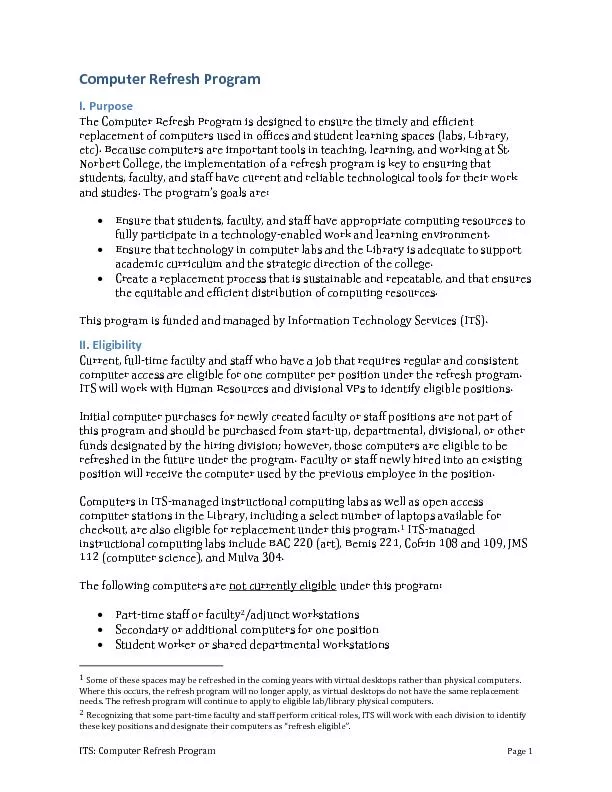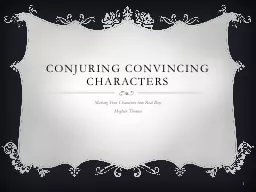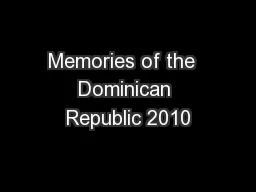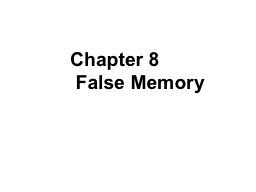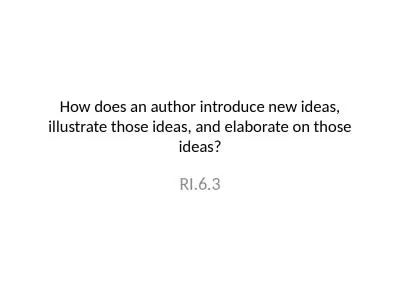PPT-DIDLS Let’s Refresh Those Memories
Author : faustina-dinatale | Published Date : 2019-11-23
DIDLS Lets Refresh Those Memories Symbol T he use of an object person situation or word to represent something else like an idea Theme The underlying message or
Presentation Embed Code
Download Presentation
Download Presentation The PPT/PDF document "DIDLS Let’s Refresh Those Memories" is the property of its rightful owner. Permission is granted to download and print the materials on this website for personal, non-commercial use only, and to display it on your personal computer provided you do not modify the materials and that you retain all copyright notices contained in the materials. By downloading content from our website, you accept the terms of this agreement.
DIDLS Let’s Refresh Those Memories: Transcript
Download Rules Of Document
"DIDLS Let’s Refresh Those Memories"The content belongs to its owner. You may download and print it for personal use, without modification, and keep all copyright notices. By downloading, you agree to these terms.
Related Documents

